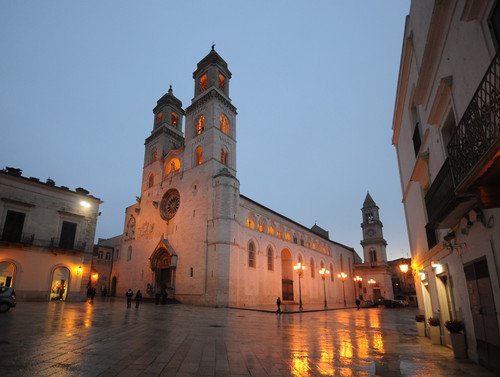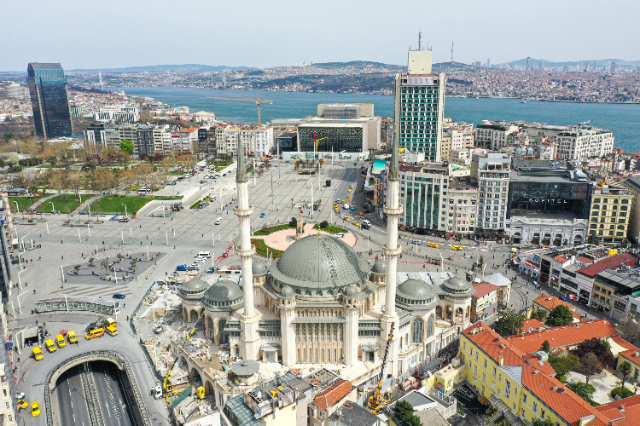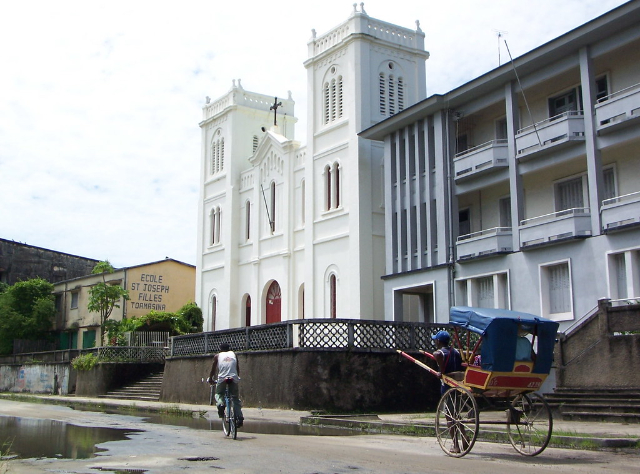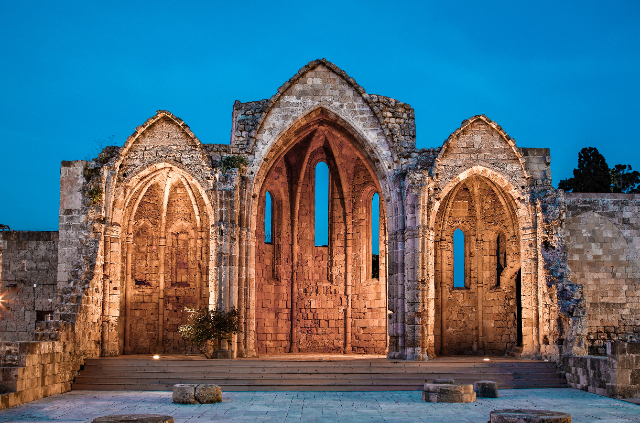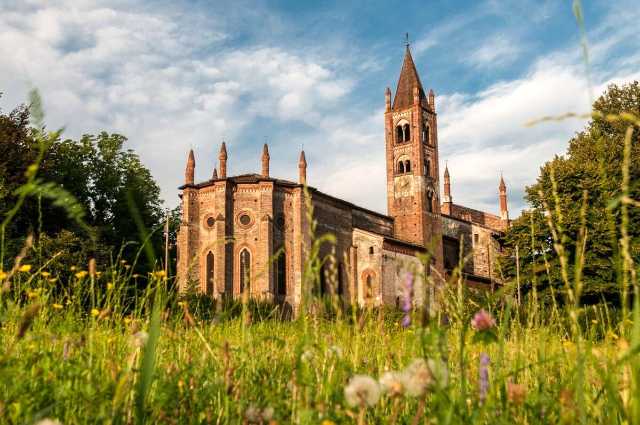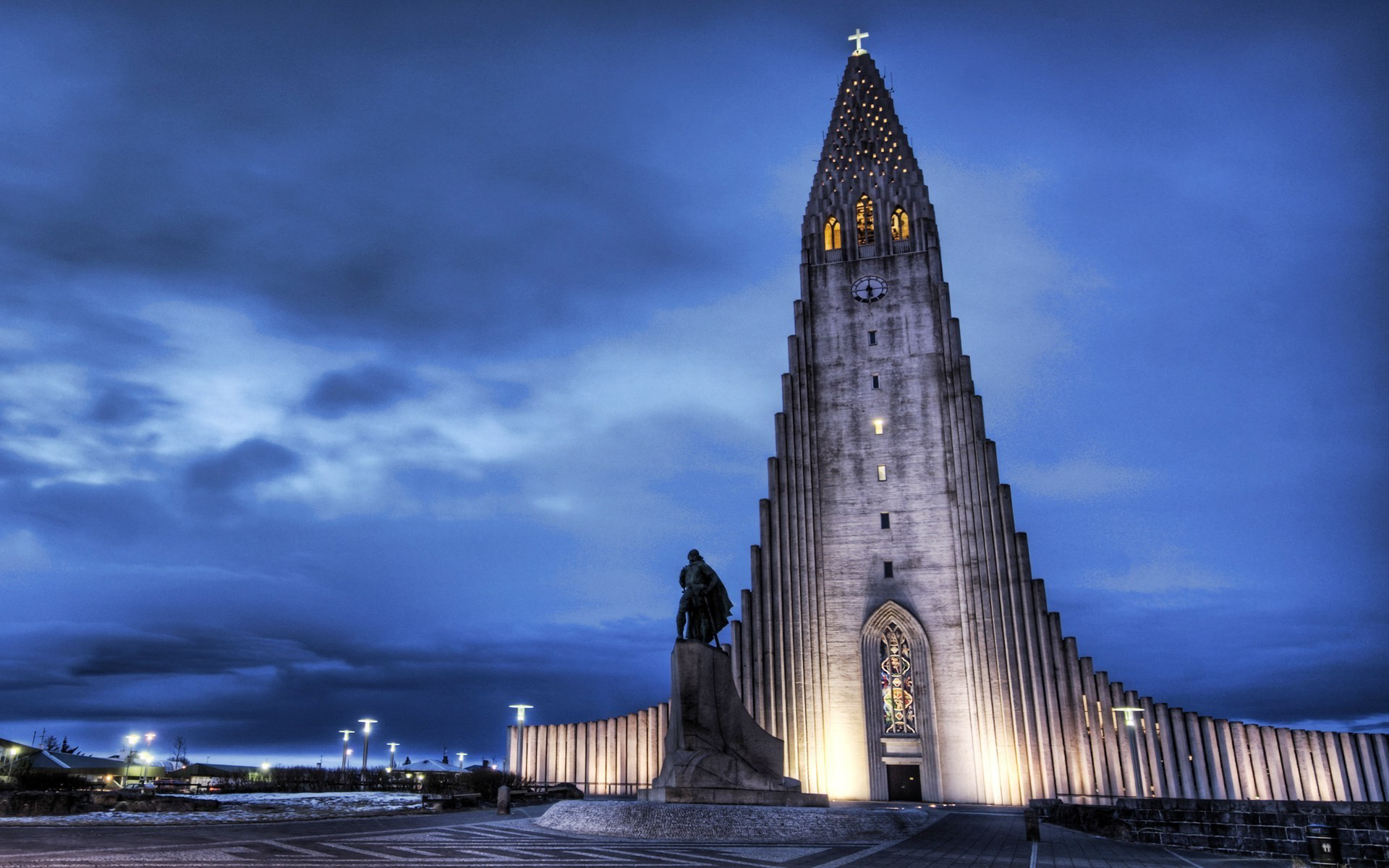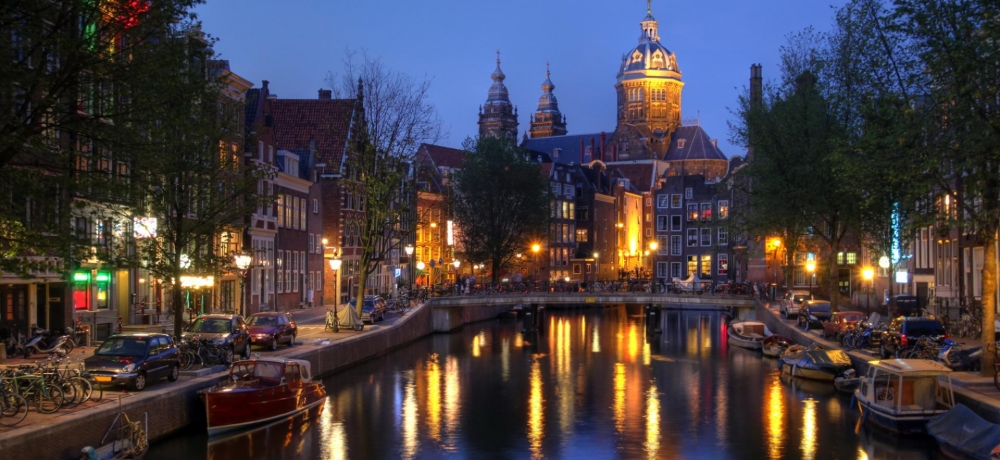Altamura Cathedral is one of the four palatine basilicas of Apulia, that is, under the direct dependencies of the emperor of Swabia. Much of the original church collapsed in the 1316 earthquake and was rebuilt during the reign of Robert of Anjou.
It was worked on by the sons of a certain master Consiglio of Bitonto, whose signature can be read there at the top of the Angevin Door, also called the Spice Door because it opened onto the market square. To those who pass through this portal, the inscription on the ogival archivolt seems to say, "Regia Cappella sono, nessuno faccia guerra mi. I King Robert, protected by the King of Heaven, protect it. Gate of heaven, I am."
The Cathedral underwent other works, or rather enlargements. In fact, in 1534 the orientation was reversed. There where the apse was, the facade was built; and there where the facade was, it was extended with the chancel and choir. A few years later, in any case by 1557, the two mighty bell towers were raised. Emperor was Charles V of Habsburg, whose large coat of arms is clearly recognizable. The upper, Baroque spires of the bell towers were added in 1729.
The entire structure finds its point of balance and symmetry in the marvelous rose window, a masterpiece of Apulian sculpture from the 1300s, from whose central eye seem to radiate, 15 small columns linked by interlaced small arches in a sunburst pattern.
It is, however, the Portal, Gothic and perhaps from the early 1400s, that leaves us amazed, gazing upward. It is all a triumph of decoration and sculpture, within a protruding prothyrum, resting on two proud lions, redone in 1533, almost guarding the Cathedral door.
Carved on the arches of the door are 22 scenes, among the most significant ones from the life of Jesus, from his birth to his death and resurrection. They range from the Angel’s announcement to Mary to the Nativity.
On the façade ,in the center, in the lunette, is the Madonna Enthroned with Child between two angels, and below, on the lintel is depicted the Last Supper with Christ placed on the left side while receiving the kiss of Judas. These are true masterpieces of medieval sculpture, of Gothic, Apulian art.
The interior shows all its grandeur. The layout is that of a basilica with three wide naves with columns and pillars, with beautiful capitals, almost certainly of Swabian origin.
The cathedral also has two important canvases of nineteenth-century Italian painting: the Conversion of St. Paul painted by Domenico Morelli in 1876, and the Magdalene by Francesco Netti. Other works, even older, gracefully and tastefully decorate the church. First among them is the elegant carved stone ambo, circa 1545; then, from 1587, there is the stone Nativity scene depicting St. Joseph, the Madonna and the Child Jesus, with the other characters of the Christmas tradition inside a natural grotto, and outside the Magi and the Shepherds. The author of the sculptures was the artist Altobello Persio.
